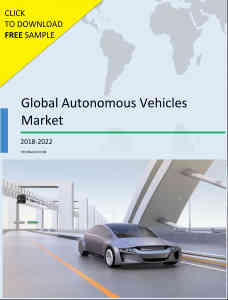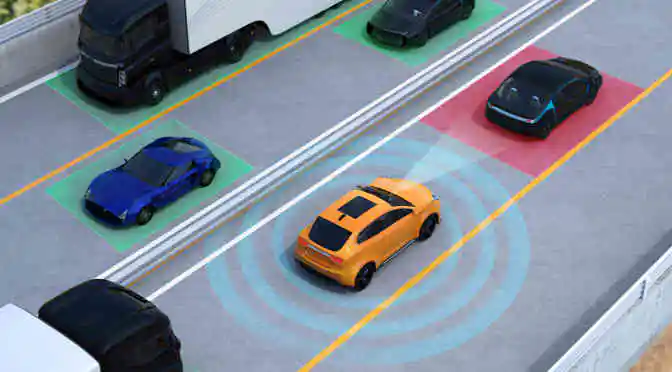When we talk about the future of mobility, ‘electricity driven’ and ‘autonomous’ are the two prominent terms that immediately hit our minds. While big-name electric car companies like Tesla and Chevrolet are ensuring that electric vehicles (EVs) remain relevant, the quest for the first fully road-ready autonomous vehicles has had many contenders. It is without a doubt the next big milestone in automotive manufacturing, and consequently a very lucrative milestone indeed.
 Why is there a demand for Autonomous Vehicles (AVs)?
Why is there a demand for Autonomous Vehicles (AVs)?
There is still a lot to do before driverless cars are an everyday reality, as demonstrated by a recent fatality involving a cyclist and a driverless Uber test car, as well as the complicated regulations that govern the testing and deployment of such AVs. But really, why are OEMs so high on building and deploying autonomous vehicles anyway? It has everything to do with the natural evolution of the automotive industry.
Safety is a paramount criterion with all road-worthy automobiles. Unfortunately, with a steeply rising number of automobiles on the roads, accidents and casualties are an inevitable concern. With the influx of artificial intelligence, backed by cutting-edge machine learning, autonomous vehicles are expected to be safe, by not getting in each other’s way and taking crucial on-the-road decisions away from the car’s human handlers.
Autonomous cars are also expected to make ‘ethical’ decisions. This is in line with the core tenets of modern robotics wherein ‘almost sentient’ machines are expected to obey human commands and not cause any harm to their handlers or other individuals. Thus, in a dire on-road situation, the driverless car will be expected to choose between the safety of its passengers and the safety of the pedestrians. And most unfortunately, our smart cars haven’t figured out this difference just yet.
Cracking the code for profitability!
OEMs have a stupendous task on their hands: not halting the progress in autonomous driving technology in response to catastrophic setbacks, while also ensuring that they produce a safe, economical, and highly functional prototype before anybody else. Already, technological and automotive giants like Google, Apple, Uber, Volvo, Tesla, and BMW are working on this equation.
Attaining a workable breakthrough in driverless technology could usher in the future of driving and rework set manufacturing strategies for any of the aforementioned companies. The scope of this trailblazing innovation can be gauged from the fact that a vast majority of the automakers represented at the recently concluded International Consumer Electronics Show (CES) 2018 pegged autonomous driving technology as the foremost recipient of their R&D dollars.
However, are said OEMs pushing the case of driverless cars despite knowing that the technology isn’t there yet? The recent incident in Arizona where a woman succumbed to her injuries after being hit by a driverless car that was taking its test laps on city roads, and belonged to one of the pioneers of autonomous driving technology — Uber — is a prime example of a technological giant pushing the envelope in a bid to stay ahead of the competition and the inevitable surge of comparable technologies.
Road to redemption in 2018
Uber, the first casualty in this mad race to the finish, has already grounded its driverless cars program. While the giant recuperates, competition is silently learning from the errors and building better sensors and smarter AI. There is an air of caution in the autonomous vehicle fraternity, but desolation can last only so long!
In 2018, manufacturers will be pushed to tighten their prototypes’ safety configurations. Additionally, big money will be spent in understanding the complexities of deploying a self-aware automobile amid the hustle-and-bustle of any sizable town, in America or otherwise. And importantly, the law books will be sufficiently amended in most countries to weed out the ambiguity pertaining to the operation of autonomous vehicles.



